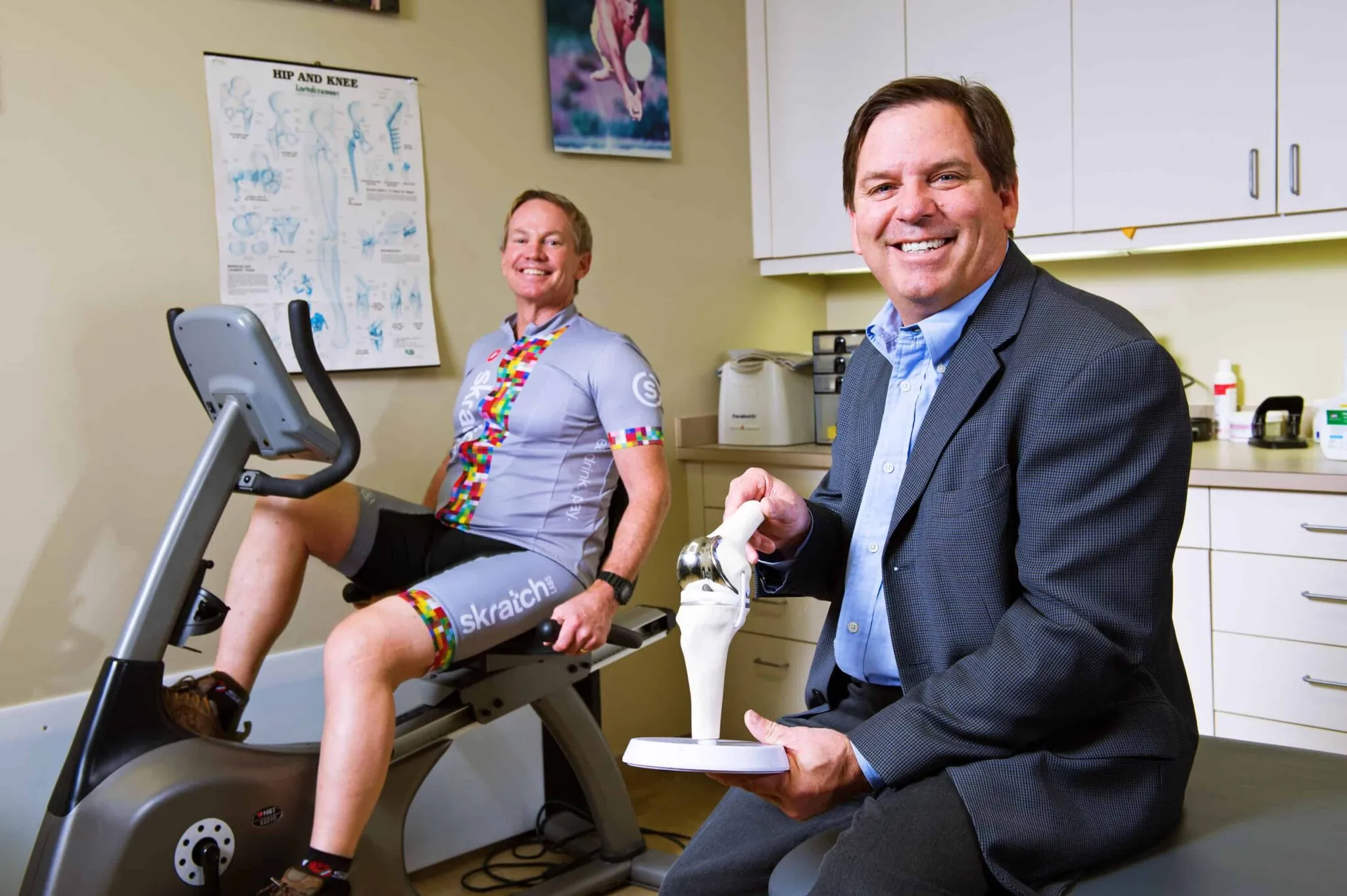Want a new knee? Print one in 3-D

BOULDER — What sets Duane Duggan’s new knees apart from most is that they are custom-fit implants made by using 3-D printing.
The 59-year-old real estate agent from Boulder had a knee replaced in September and is having the other one replaced this month.
While about 600,000 people a year have a knee replaced, Duggan is among the few who have a 3-D printed implant. The process, approved for medical use by the Food and Drug Administration in 2011, has caught the interest of the medical community in the past year, and a few manufacturing companies are…
THIS ARTICLE IS FOR SUBSCRIBERS ONLY
Continue reading for less than $3 per week!
Get a month of award-winning local business news, trends and insights
Access award-winning content today!
